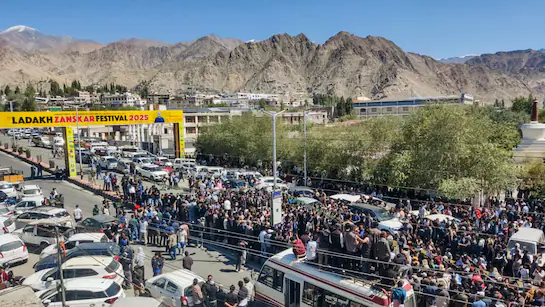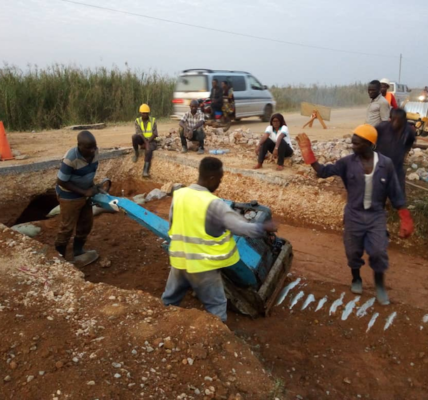The recent clashes in Leh, where protesters demanding statehood for Ladakh confronted security forces, underscore a long-simmering issue: how to secure the region’s tribal identity, land, and autonomy after it was made a union territory in 2019.
At the heart of the agitation is the demand for Ladakh to be brought under the Sixth Schedule of the Indian Constitution. Currently applied in states like Assam, Meghalaya, Mizoram, and Tripura, the Sixth Schedule empowers autonomous councils to legislate on matters including land rights, forests, inheritance, education, and taxation.
With 97% of Ladakh’s population classified as Scheduled Tribes, activists argue this status would prevent land alienation to outsiders and protect indigenous culture and languages. Environmentalist and activist Sonam Wangchuk, who recently staged a hunger strike lasting more than 14 days, has become the symbolic face of the movement.
The Centre insists it is open to dialogue, with the High Power Committee scheduled to meet Ladakhi representatives, including the Apex Body of Leh and the Kargil Democratic Alliance (KDA). Sources indicate the meeting may be brought forward amid escalating tensions.
For now, authorities have imposed curfews, assembly bans, and mass detentions to restore order. But the unrest highlights a deeper question: Can Ladakh’s aspirations for self-governance and tribal protections be reconciled with New Delhi’s central control?






